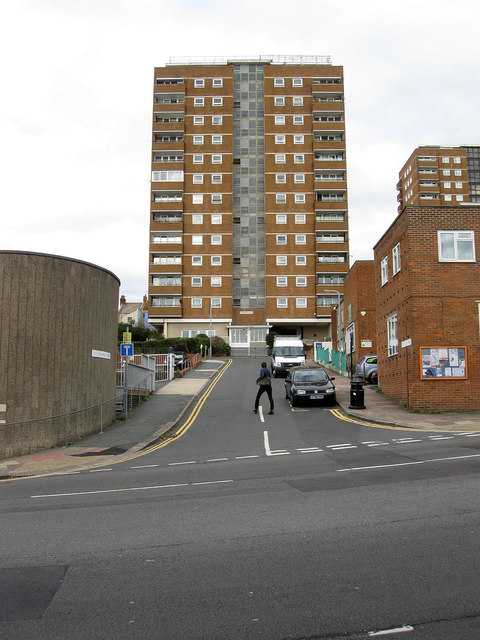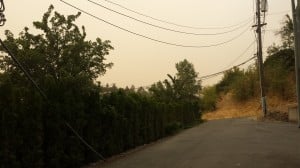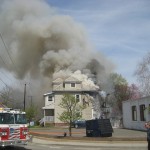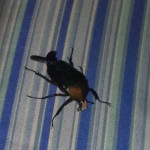It’s almost a fortnight now since Doreen Valiente – author, poet, and hailed as the Mother of Modern Witchcraft – was honoured by the public unveiling of a ‘blue plaque’ at her place of residence, campaigned for and paid for by the efforts of The Centre for Pagan Studies.
Blue plaques are permanent – and rather lovely – signs mounted on buildings to commemorate famous, important or influential people who lived or worked there.

You might think, being one of founders of Wicca, and arguably its most prolific liturgist, that this might have been a quaint country cottage near the New Forest, with rambling roses over the door and lavender alongside the pathway. Not a bit of it. Doreen Valiente lived in a council flat, in a tower block, in a city.

And apparently she loved it there.
So what are we to make of this apparent paradox – the co-creatrix of one of the most influential nature religions in the world, living happily in what most of us would consider to be a deeply unnatural environment?
There is, of course, the argument that Wicca is not, in fact, a nature religion at all – at least not a religion which is directly to do with the actual non-human environment. Wicca can be at least as much about human nature, psychic development and magical power as it is about our relationship with non-human nature.
There is also the possibility that Doreen Valiente valued her interactions with nature all the more, and found even greater spiritual depth in them, precisely because she lived in an urban environment. I am sure many of us who have lived or do live in cities, yet consider our Paganism to be very much a nature religion can relate to that experience.
Then also there is the historical and social context to consider. As a woman born in 1922, Doreen Valiente would have been in her early to mid-twenties during the Second World War, and experienced the devastation both of war and of the economic depression which preceded it. Hers was the generation who voted in the Labour government of the post-war years, which instituted decent unemployment benefits, the National Health Service, and, yes, council housing.
To gain a council house or a council flat when these blocks were first built was an experience of undreamed of luxury for many: indoor toilets, hot running water, views for miles on the upper floors. For all they may look ugly and depressing to us, for the generation which first moved into them, they must have been like living in a dream of the future.
Then also, it may just be that she got on with her neighbours. She was apparently well-liked by her neighbours, and lived in a quite and unassuming way, despite her fame and respect within the worlds of Witchcraft and Paganism.
All of this is, of course, speculation. We may never know why Doreen chose to live at Tyson Place for so long, nor why she seemed to like living there so much.
But even though Wicca is not my path, I am deeply proud that One of Our Own has been honoured in this way, publicly, and with the assistance and involvement of both national government, in the shape of English Heritage, and of local government within Brighton and Hove. It seems to mark a major shift in how Pagan religions and spiritual traditions are viewed by officialdom here in the UK, and in the respect given to our Mighty Dead.
You can view the entire blue plaque unveiling ceremony here:
http://www.youtube.com/watch?v=pyic2vHpHIQand a short section of the Summer Solstice ritual to honour Doreen Valiente on the website of the Brighton and Hove Argus.
Pictures of the day’s celebrations can be found at Philip Carr-Gomm’s blog and around the web.
The Centre for Pagan Studies also has plans for blue plaques to honour Gerald Gardner and Alex Sanders.
















